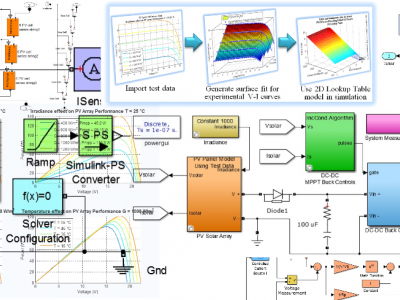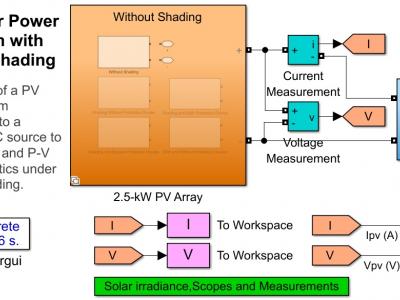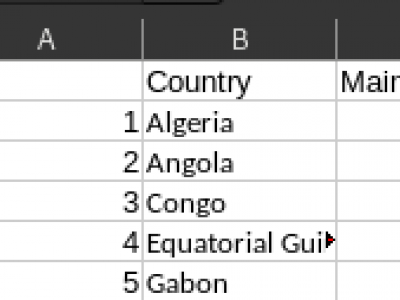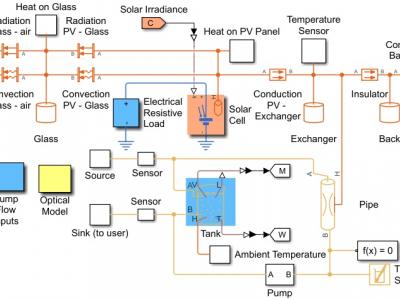Energy
Making use of a specifically designed SW tool, the authors here presents the results of an activity for the evaluation of energy consumption of buses for urban applications. Both conventional and innovative transport means are considered to obtain interesting comparative conclusions. The SW tool simulates the dynamical behaviour of the vehicles on really measured paths making it possible to evaluate their energetic performances on a Tank to Wheel (TTW) basis. Those data, on such a wide and comparable range were still unavailable in literature.
- Categories:
 399 Views
399 ViewsThe work starts with a short overview of grid requirements for photovoltaic (PV) systems and control structures of grid-connected PV power systems. Advanced control strategies for PV power systems are presented next, to enhance the integration of this technology. The aim of this work is to investigate the response of the three-phase PV systems during symmetrical and asymmetrical grid faults.
- Categories:
 7744 Views
7744 ViewsThe Partial Discharge - Localisation Dataset, abbreviated: PD-Loc Dataset is an extensive collection of acoustic data specifically curated for the advancement of Partial Discharge (PD) localisation techniques within electrical machinery. Developed using a precision-engineered 32-sensor acoustic array, this dataset encompasses a wide array of signals, including chirps, white Gaussian noise, and PD signals.
- Categories:
 115 Views
115 ViewsDatabase of the times the device remained in each state (idle, low power mode, transmitting and listening, respectively), number of hops, hop distance (d), transmission rate (_R) and size of the packet sent (_Nb), measured on the Tmote Sky device using an Aloha Puro protocol with RDC implemented in the Contiki operating system.
- Categories:
 135 Views
135 ViewsQuantification and analysis of global oil trade networks reveals deep insights into a nation's development and influence at a global scale. Further, it allows us to predict future trends and changes to adapt state policy as the crude oil market influences the balance of power among the developed and emerging economies alike as it is central for energy needs as well for industrial progress.
- Categories:
 228 Views
228 ViewsThis dataset holds the Simulink model and the main output results during a day of a PV/T Hybrid Solar Panel from the Department of Power Engineering and Computer Science, Faculty of Engineering, “Vasile Alecsandri” University of Bacau. The obtained results including electrical and thermal efficiency are compared with the performances of a real PV/T System.
The dataset is related to the data used in an article under review sent to the Machines – an Open Access Journal from MDPI (Q2, IF=2.6).
- Categories:
 130 Views
130 Views
The dataset was calculated by PVGIS from satellite images. The first dataset consisted of solar irradiation data from 84 stations in two cities. Since the area was not illuminated by the sun between 12:00-20:00 hours throughout the year, only solar radiation data from 21:00-11:00 hours were retained, with a temporal resolution of 1 hour. The second dataset contained wind speed data from 84 stations in two cities, with a temporal resolution of 1 hour.
- Categories:
 48 Views
48 ViewsThe dataset includes on-state saturation voltage information for eight samples under four different test conditions. Each Excel file consists of two data columns: one for cycle numbers and the other for on-state saturation voltage. Although these data were collected during the power cycling test at the maximum junction temperature, the effect of temperature increase in the on-state voltage has been compensated. Namely, the provided on-state voltage has been unified to the corresponding to the respective 125°C or 150°C.
- Categories:
 444 Views
444 Views







